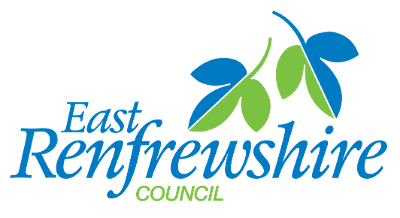Legionella in Spa Pools - FAQs for Holiday Lets
Find out about Legionella in Spa Pools and legislation you must adhere to.
- A general one, covering physical hazards such as slips, trips and falls and electrical safety.
- A specific one under the Control of Substances Hazardous to Health Regulations 2002 (COSHH), for harmful substances and organisms such as Legionella and chemicals. Advice on general health and safety risk assessments can be found at the HSE website where you'll also find Advice on COSHH assessments.
- Gather information about the hazardous properties of the substances, the work, and the working practices (or find out what the problems are) Evaluate the risks to health
- Decide on the necessary measures to comply with Regulations 7-13 of COSHH Record the assessment (if you have 5 or more employees)
- Decide when the assessment needs to be reviewed You can find more information on carrying out a COSHH risk assessment in the HSE publication A step by step guide to COSHH assessment . Whether you have a written COSHH assessment or not, you should be certain that you have completed the assessment process and be sure that you can explain this clearly to an inspector. Safety data sheets for the chemicals you use are essential information and should be given to you by your chemical supplier. Safety data sheets alone are not a substitute for a COSHH assessment. For instance, you may need to consider preventing Legionella exposure when cleaning filters.
- Ultraviolet light (UV)
- Hydrogen peroxide (H2O2)
- Ozone (O3)
Treatment must use chlorine or bromine in some form. Solid chemicals are safer to use than liquids. An automatic dosing system which continuously treats the water is required - this can be as simple as an in-line chemical feeder using "Trichlor" or bromine tablets. In-line feeders can be retro-fitted. To ensure that the water is safe, the following residual disinfection must be available maintained in the pool at all times, even when it is not in use:
- Free chlorine: between 3 and 5 milligrams per litre (mg/L)
- Combined chlorine can cause irritation and should be kept below 1 mg/L
- Bromine: between 4 and 6 mg/L
You'll also need to ensure that the water's pH (degree of acidity) is in the right range for the disinfectant to work properly. The pH should be kept in the range 7.0 to 7.6 - you may need to add chemicals to achieve this. Check with your pool chemical supplier for advice.
- Colour and clarity
- Temperature
- Chlorine (free, total and combined) or bromine in the pool
- pH
You must keep a record of the monitoring and test results for five years and show them to an inspector when asked. You must also arrange to have monthly microbiological samples taken and quarterly samples for Legionella. The Council does not provide a hot tub sampling service and you should find an independent lab. More information is in HSG282.
- Showering before use
- Not using glass drinks containers
- Supervising children at all times
- Not using the spa pool if impaired by alcohol, drugs or medication
- Observing the maximum number of users
- Not using the pool for prolonged periods - 15 minutes maximum is recommended
You may identify other rules that are appropriate for your spa pool.
Daily:
- Spa pool water line
- Overflow channels
- Strainers and grilles
- Immediate surroundings
- Check filters and backwash sand filters daily
Weekly:
- Drain and clean the whole system
- Balance tank
- Areas behind headrests
- Covers and lids Monthly:
- Remove jets
- Inspect jets and accessible pipework for signs of biofilm
- Clean and disinfect as necessary
More information on cleaning routines can be found in HSG282.
This page contains a summary of advice and recommendations which will help you to comply with the law. It is not a substitute for the official guidance. Read more Control of legionella and other infectious agents in spa-pool systems.
East Renfrewshire Council are committed to giving sensible health and safety advice based on risk. Our health and safety inspectors are willing to visit you to give advice and information to help in you meeting your duties. You can contact us by email at: environmentalhealth@eastrenfrewshire.gov.uk

